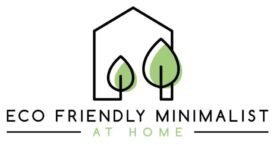(4 minute read)
Personal Care Products as ‘Active’ Clutter
Why are personal care products active clutter? Well, that’s pretty simple. From the moment you get up in the morning, you’re using your personal care products. You brush your teeth, shower, wash your hair, apply your deodorant, and makeup, and on and on. Multiply the volume of products by each person in your home. You now have eco-clutter.
(CLICKABLE TABLE OF CONTENTS)
What are personal care products?
The expansive list of personal care products that we collect is surprising. After you see the lists below, you will understand why we have so many. Advertisers do a great job making you feel like you need all of it.
SKINCARE
CLEANSING PRODUCTS
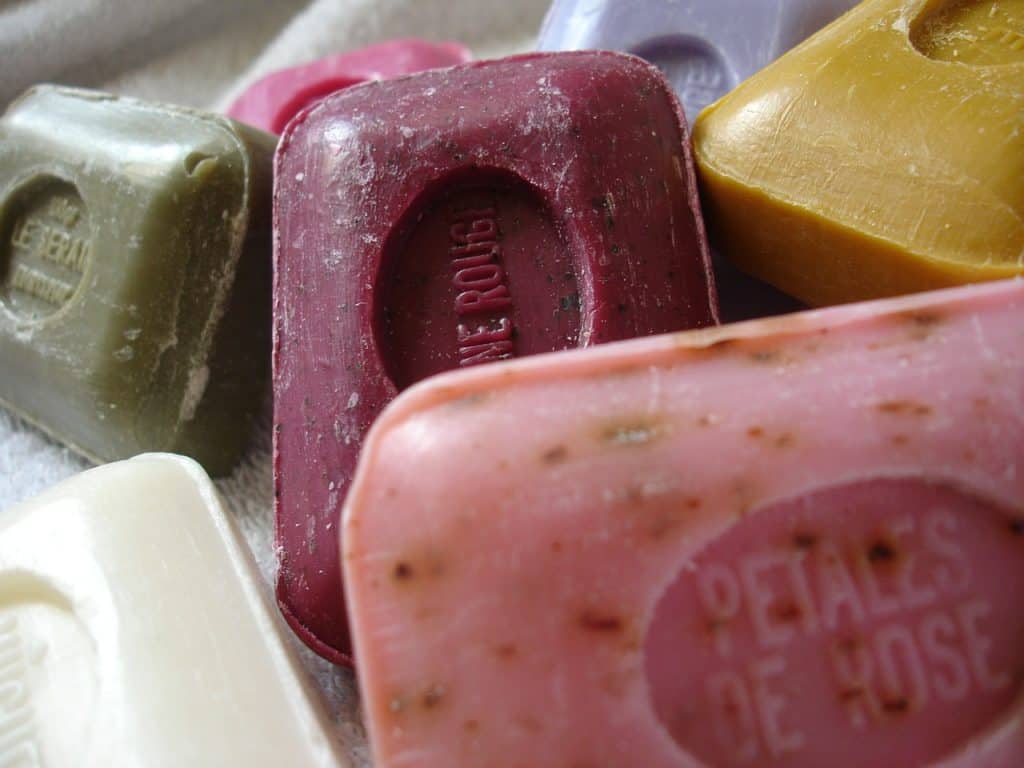
Bar soap – Bath oil – Body wash – Bubble bath – Exfoliant scrub – Facial cleanser – Foot cleanser – Hand sanitizer – Liquid hand soap – Makeup remover -Mask – Pore strips – toners/astringents
NOURISHING PRODUCTS
After-sun products – Anti-aging – Around eye cream – BB cream -Body firming lotion – Body oil – CC cream – Facial moisturizer – Foot moisturizer – Hand cream – Moisturizer – Serums & essences
TREATING PRODUCTS
Foot odor control – Muscle joint soreness – Oil controller – Skin fading/lightener – Antiperspirant/deodorant
HAIR CARE
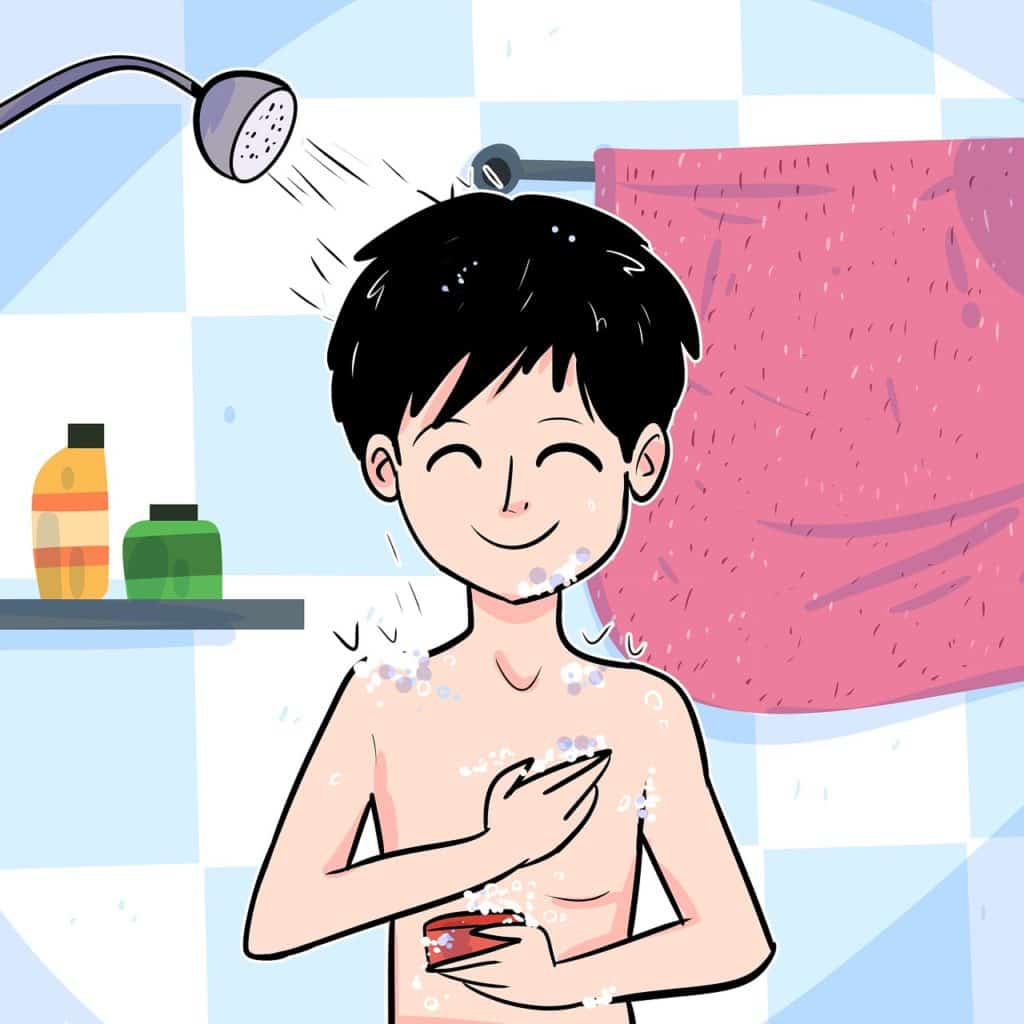
- – Shampoo
- – Conditioner
- – Baby shampoo
- – Styling
- – Detangler
- – Hair color and bleaching
- – Hair relaxer
- – Hair spray
- – Styling gel
- – Styling mousse
- – Removal
- – Depilatory
- – Hair removal waxes
MAKEUP
FACE

- Bronzer/highlighter –
- concealer
- facial powder
- foundation
- primer
- makeup remover
- foundation with SPF
EYES
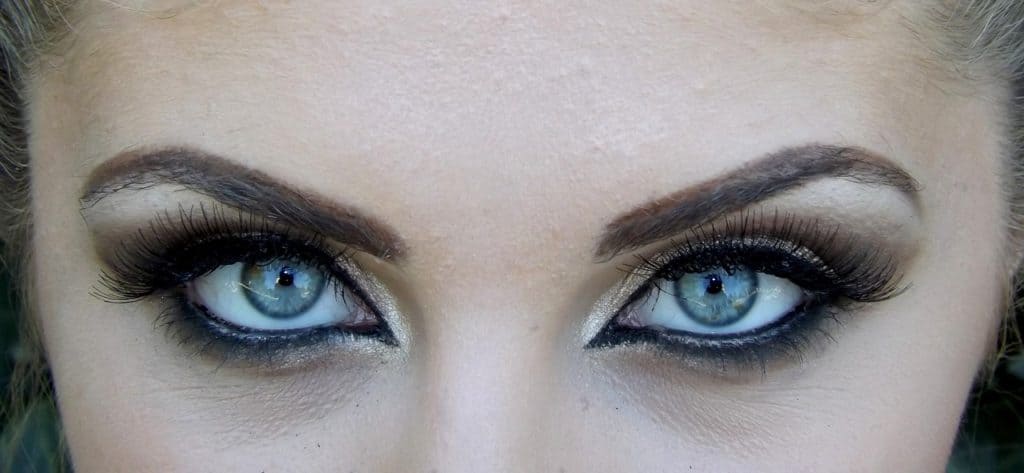
- Brow liner
- Eyeliner
- Eye makeup remover –
- Eye shadow –
- Mascara –
- Eyelash glue –
- Other eye makeup
LIPS
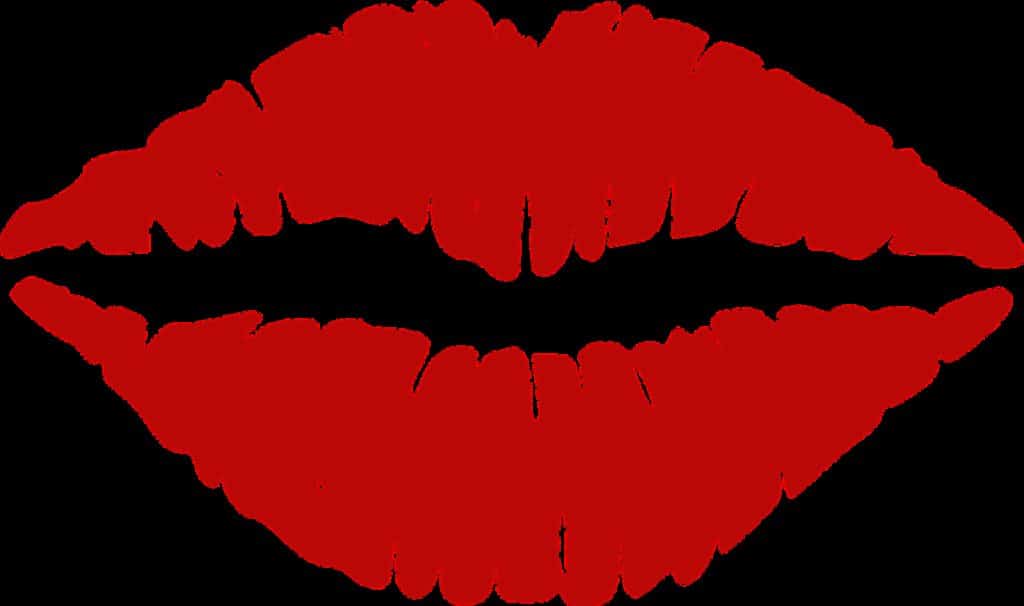
- – Lip balm
- – Lip gloss
- – Lipliner
- – Lip plumper
- – Lipstick
- – Lipstick with SPF
ORAL CARE
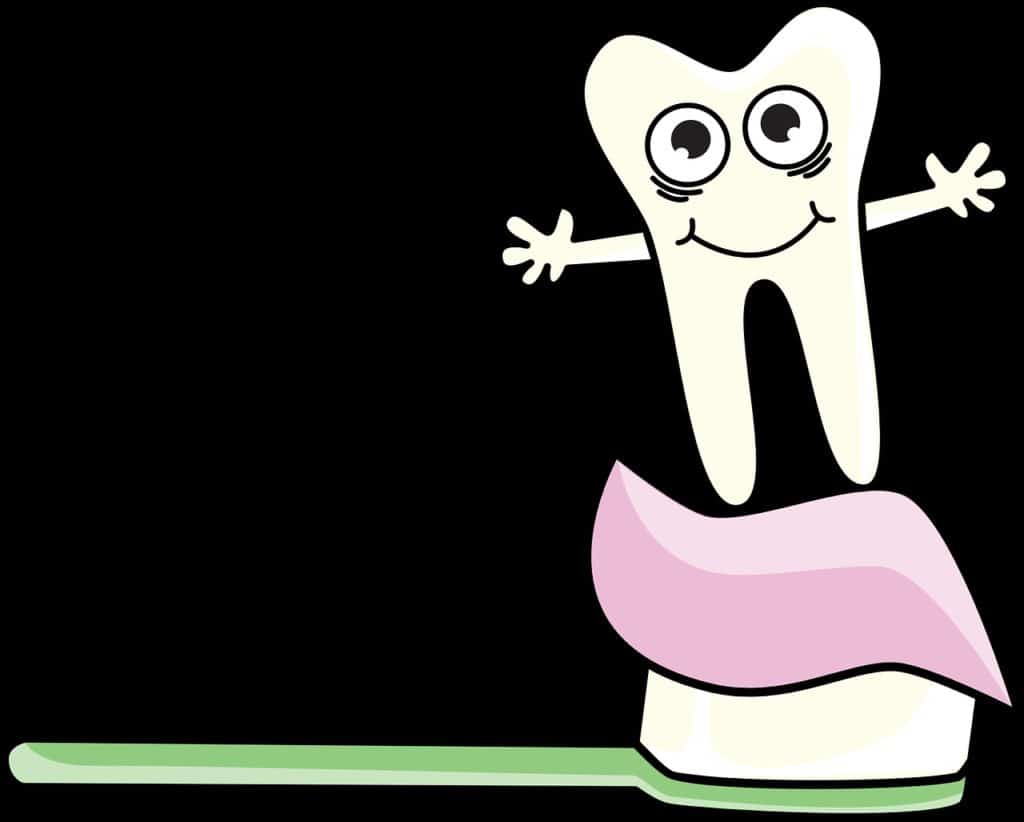
- – Toothpaste
- – Mouthwash
- – Tooth whitening
- – Baby toothpaste
- – Kids toothpaste
SUN
Sunscreen – After-sun product – Sunless tanning – Beach and sport sunscreen
NAILS
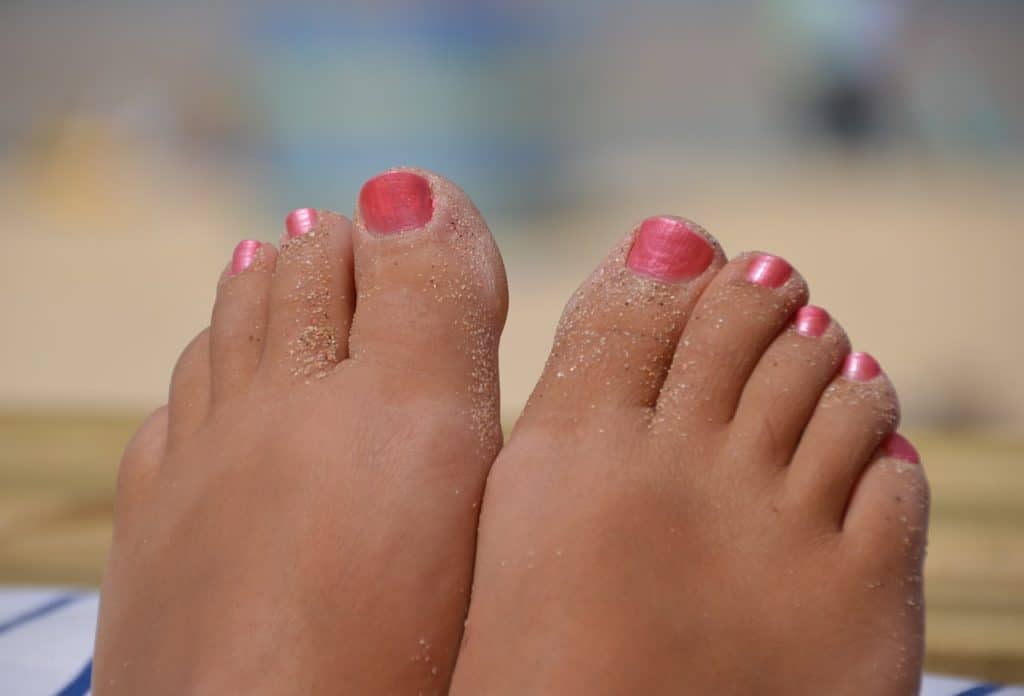
- – Nail glue
- – Nail polish
- – Polish remover
- – Cuticle treatment
- – Nail treatment
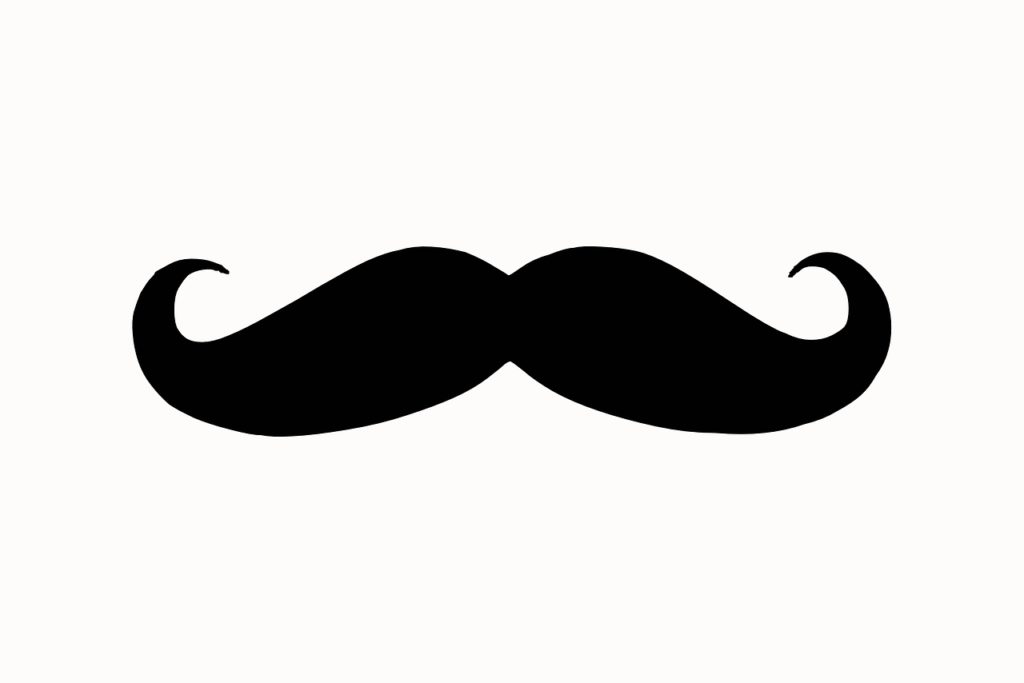
men
- – Aftershave
- – Beard oil
- – Beard care
- – Beard cleanser
- – Shaving cream
- – Facial moisturizer/treatment
- – Antiperspirant/deodorant
- – Body spray – Body wash
- – Hair color and bleaching
- – Hair loss treatment
- – Shampoo
- – Styling gel/lotion
FRAGRANCES
- Men’s fragrances
- Women’s fragrances
So, did you know that most personal care products in the United States are not well regulated? That’s right. It’s true. According to Breast Cancer Prevention Partners, “It is perfectly legal for companies to use ingredients linked to cancer, endocrine disruption, and reproductive harm in the cosmetics and personal care products we use every day. Avoid these ingredients as well as our Campaign for Safe Cosmetics’ Chemicals of Concern linked to cancer and other harmful health effects.”
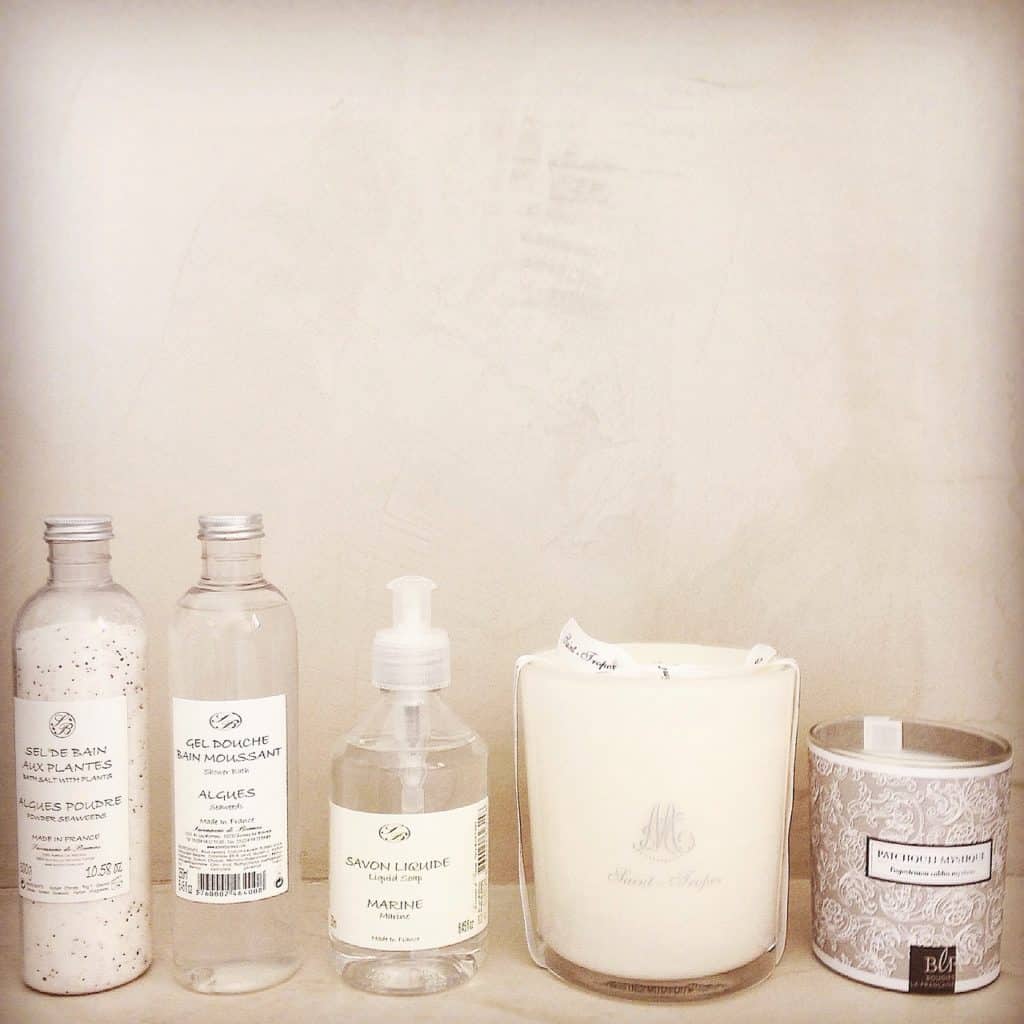
awareness is Power!
Now that you know . . . Do something different.
YOU get to decide exactly what you WANT to put on your body. Make planned, intentional choices.
Listen to a message from “The Smart Human,” (See Youtube Video below.)
Research your products in the Skin Deep Database provided by “The Environmental Working Group.”
FOR SAFETY REASONS, ONLY USE A FEW PRODUCTS ON YOUR BODY AND CHOOSE THEM CAREFULLY. Reduce, Reduce, Reduce. As you’ll hear in the video below, most personal care product ingredients are NOT regulated.
The Clutter Cycle of Personal Care Products

– Shopping – Accumulation – Storage – Management – Disposal –
It’s easy to see why personal care products create “active” clutter. Active clutter is things that we use every day. They don’t stay put. But personal care products also become passive clutter. Passive clutter is the accumulation of stuff.
How to Reduce Your personal care products in one day
- Awareness – understand that personal care products in the U.S. are not well regulated.
- Make a list of your personal care products “essentials”: What products do you NEED every day?
- Research data from EWG – How do your “essential” products rank for human safety?
- Gather – gather all other products and put them away in a separate box until you have time to go through and check everything for safety. This is a good method to see what you actually use, as well.
Reducing the number of personal care products that you purchase helps the environment in various ways. Let’s take a look:
Shopping with intention – Planning
How much time do you spend planning and researching products before you buy them?
Most people don’t know which products to buy. The chemical ingredients in our personal care products are very complicated. Not to mention the fine print, right?
Believe it or not, it is one of the most important things we can do though, besides planning our meals. What we put ON our bodies is as important as what we put IN our bodies.
PLEASE WATCH THE VIDEO ABOVE by Dr. Aly Cohen, MD. It is very informative and she also recommends the Environmental Working Group website and database, which I have posted below.
With cancer and other illnesses on the rise, learning about the ingredients in our products is a first-line defense.
Since that is an overwhelming task, I recommend checking the database of THE ENVIRONMENTAL WORKING GROUP (EWG.) The Environmental Working Group’s Database contains over 10,000 personal care products.
Check Out The EWG Database (SKIN DEEP)
How Reducing personal care products is good for the environment
- Conserves natural resources like water, energy, manpower, etc.
- Limits the production of plastics – most personal care products are in plastic containers
- Reduces the number of chemicals used not only to process the products but also contained inside of the products.
- Reduces the number of recyclables that will need processing
- Better for human health
CONCLUSION:
AWARENESS IS THE FIRST STEP!
- Take inventory of what you own
- Create a Personal Care Products list of essentials
- Check THE ENVIRONMENTAL WORKING GROUP DATABASE for toxic ingredients
- Toss the bad stuff
- Reduce the number of products that you put on your body
- Change what you purchase – buy products without plastic bottles.
- Reducing your personal care products consumption will also make managing and purging your bathroom easier
Please subscribe and join me on this journey.
I’d love to hear about your experiences.
